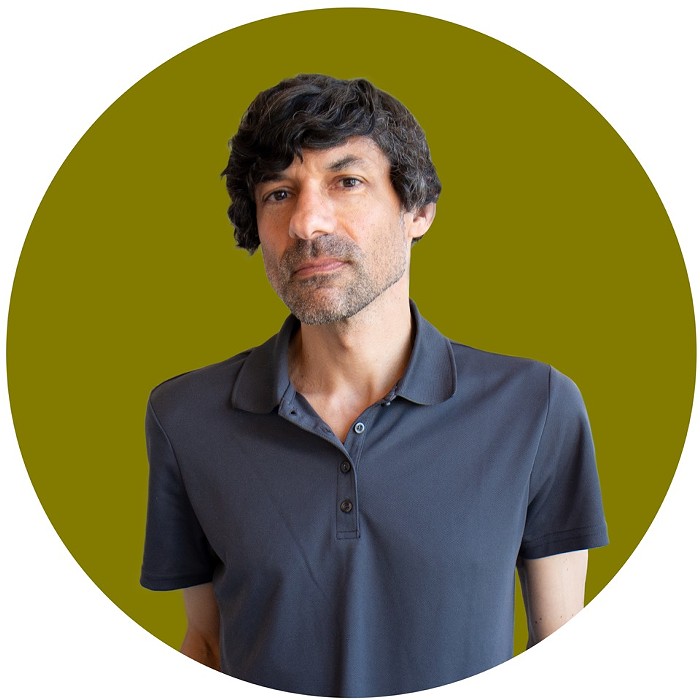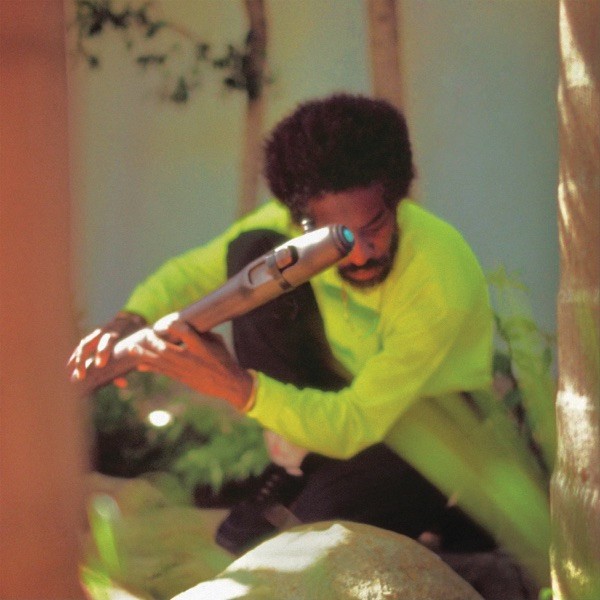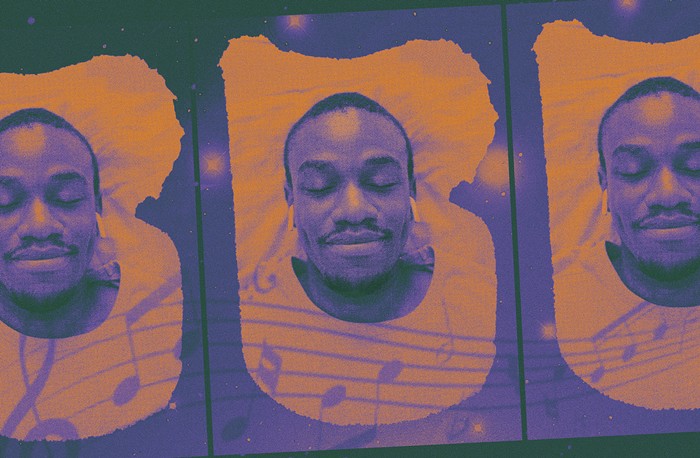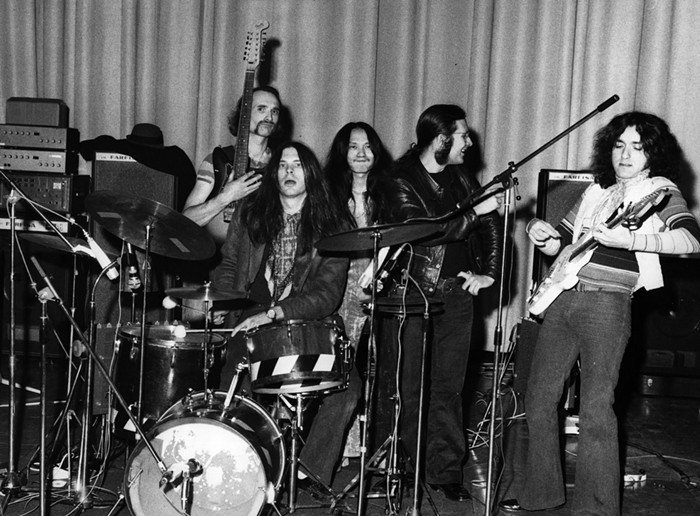Data Breaker will take any opportunity to celebrate Bruce Haack, an electronic-music innovator and one of the coolest geeks ever to plug in a gizmo. What's thrusting Haack into public consciousness now is Dimension Mix (Eenie Meenie Records, out August 23), a CD of 18 Haack covers recorded to benefit autism charities. Artists like Beck, Stereolab, EELS, Tipsy, and Money Mark obviously revere Haack and further his legacy with enthusiasm and conviction. Let's hope that Dimension Mix sells tons to aid this worthy cause—and renews interest in Haack's catalog, which itself needs extensive reissuing.
Haack grew up a musical prodigy in Alberta, Canada. By age 12 he was teaching piano and in his teens he began playing in hillbilly bands. Although he earned a scholarship to Juilliard, Haack dropped out after eight months due to his discomfort with what he perceived as the school's restrictive methods. He supported himself throughout the '50s scoring dance and theater productions and grinding out pop songs. In the '60s, Haack and his friend Ted "Praxiteles" Pandel appeared on several television programs to demonstrate Haack's Dermatron and People-odeon inventions, which used human epidermis to control the pitch and ADSR of oscillators, forming strange new (skin) tones.
Though he lacked formal training in electronics, Haack spent most of his years (1931–1988) devising unique ways to coax synthesizers and modulators into creating sound for children's joy and edification. Oddly, though, his sonic tinkering resulted in some incredibly strange albums that appealed as much to Dr. Leary acolytes as they did to Mister Rogers fans. (Philip Anagnos, director of Haack: The King of Techno, captured this composer/inventor's naive brilliance and maverick ingenuity through footage of his public appearances and testimonials from the many musicians Haack has inspired.)
Though beloved for his toddler tunes (many cut with Esther Nelson), Haack peaked on 1970's The Electric Lucifer, one of the oddest hippie-friendly, analog-synth opuses ever released—on Columbia yet! In the liners, Haack wrote, "A primary function of The Electric Lucifer is to help end war—and hate and pain and fear." Producers just lack that type of ambition these days—or that sort of naiveté. But Haack was sincere. He really thought his album would further the cause of peace, if only evildoers could clap ears to his far-out synth mantras and cosmicorny anthems.
Traipsing along the fine line between kitsch and profundity, Electric Lucifer is a radiant timepiece from an era when major labels earnestly issued LPs that their artists thought could change the world. Data Breaker, however, can vouch for Lucifer's genius when heard under the influence of certain substances. Listen especially to "Super Nova" and "Incantation," and feel Haack's Lucifer-defeating "powerlove." He wasn't kidding around...
More info: www.brucehaack.com; www.eeniemeenie.com.



















